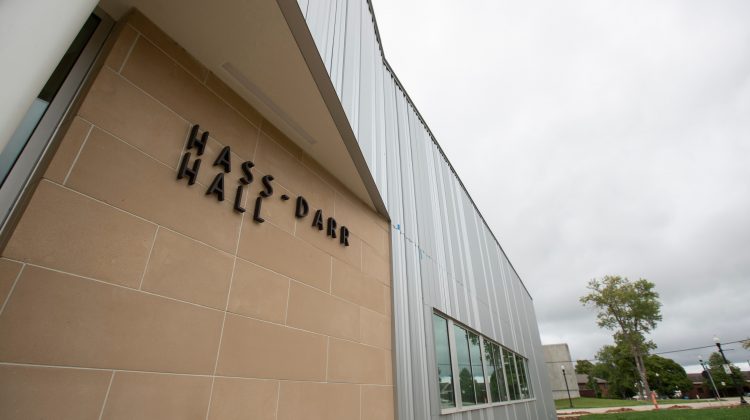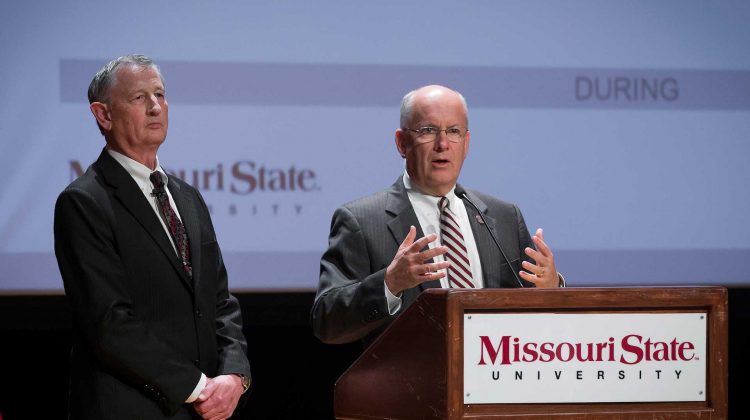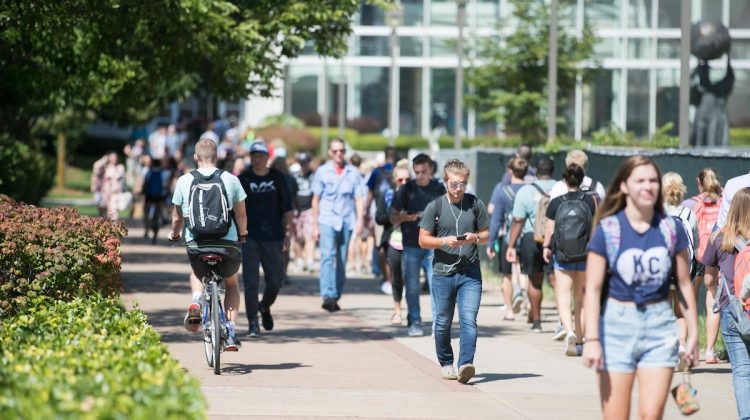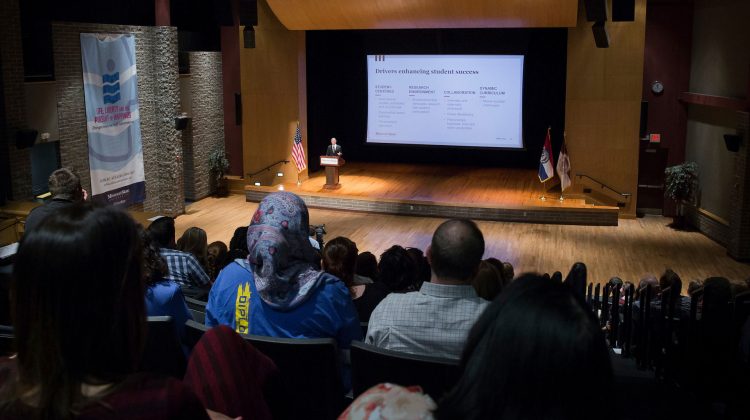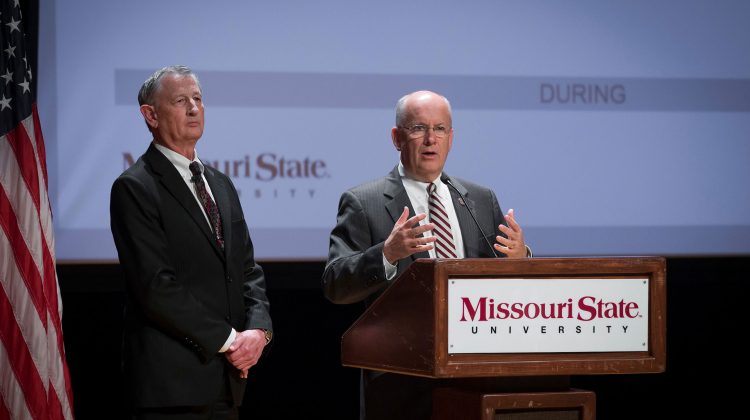On Monday, Oct. 1, Frank Einhellig and I will make our annual presentation on the State of the University. The presentation will start at 12:15 p.m. in the Plaster Student Union Theater. I hope you will join us as we discuss the university’s many successes last year and look forward to the opportunities this year holds for Missouri State. The presentation will also be broadcast on OPT later in the week.
Following the State of the University address, at 1:30 p.m. we will host a Medical Plan Town Hall meeting in the Plaster Student Union Theater. We are in the process of revising the university’s group medical plan. Matt Morris and I will present the current plan and the proposed changes. We will then answer questions and solicit feedback from the university community. A survey regarding preferences in a medical plan will be available following the town hall. The Medical Plan Town Hall meeting will be a good resource to inform you as you complete the survey.
If you are not able to attend the Medical Plan Town Hall meeting, you can livestream it on the website or view it later on the university’s YouTube channel.
Hass-Darr dedication
Tomorrow we will dedicate an important facility in the Missouri State University system — Hass-Darr Hall in West Plains.
Hass-Darr Hall will provide a central location for a variety of services crucial to enhancing student learning and academic success. It will house the Carol Silvey Student Union, the William and Virginia Darr Honors Program, Drago College Store, tutoring services, the admissions office, the veterans center and other much needed classroom and administrative space.
Thanks to our supporters
I want to thank our donors and supporters who made this project possible.
Major contributions were made by the Hass Family: Mary Hass Sheid, Judge William R. and Jeanne Hass, Judge William T. Hass, and Tim and Missy Hass Myers. The other major contribution was made by Bill and Virginia Darr.
Other significant contributions include:
- Dr. Mark and Kim Dake
- Charles and Pam Drago
- Dr. Herb and Mary Beth Lunday
- Dr. Charles and Robin Morgan
- Ozarks Independent Living
- Arch W. Shaw Foundation
- Richard and Carol Silvey
- Joe Spears
- The Sunderland Foundation
Many other loyal alumni and friends of the university also contributed to this project.
I want to also thank Governor Mike Parson and our legislators for making this project possible. $1.5 million of this project was funded through the State of Missouri’s higher education bonding package approved in 2015.
Hass-Darr Hall will play an important role in enhancing the student experience in West Plains, continuing to increase our retention and graduation rates, and developing the profile of the West Plains campus.
Thanks for all you do for Missouri State!

